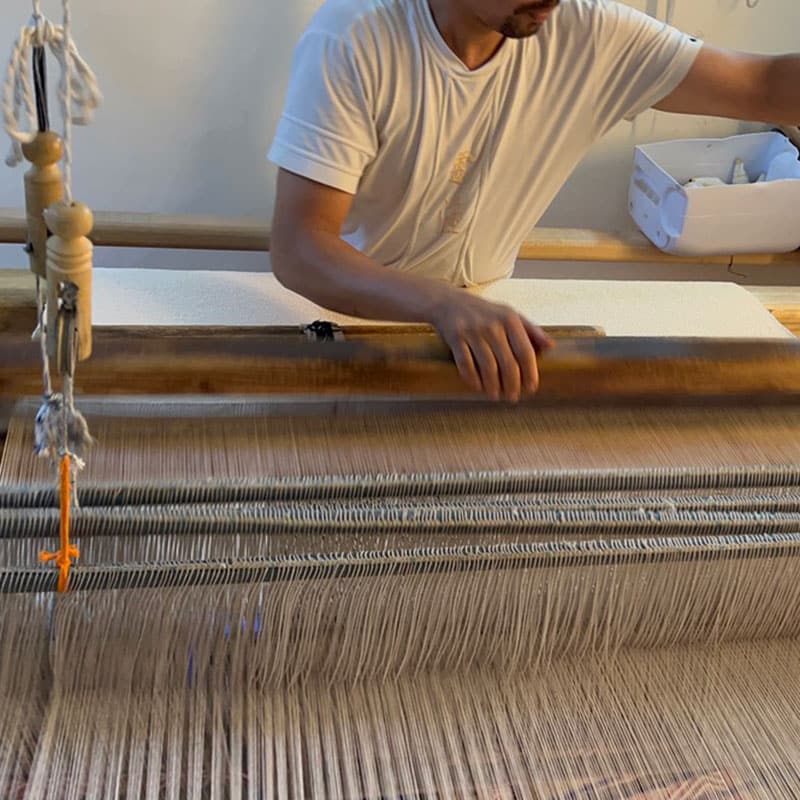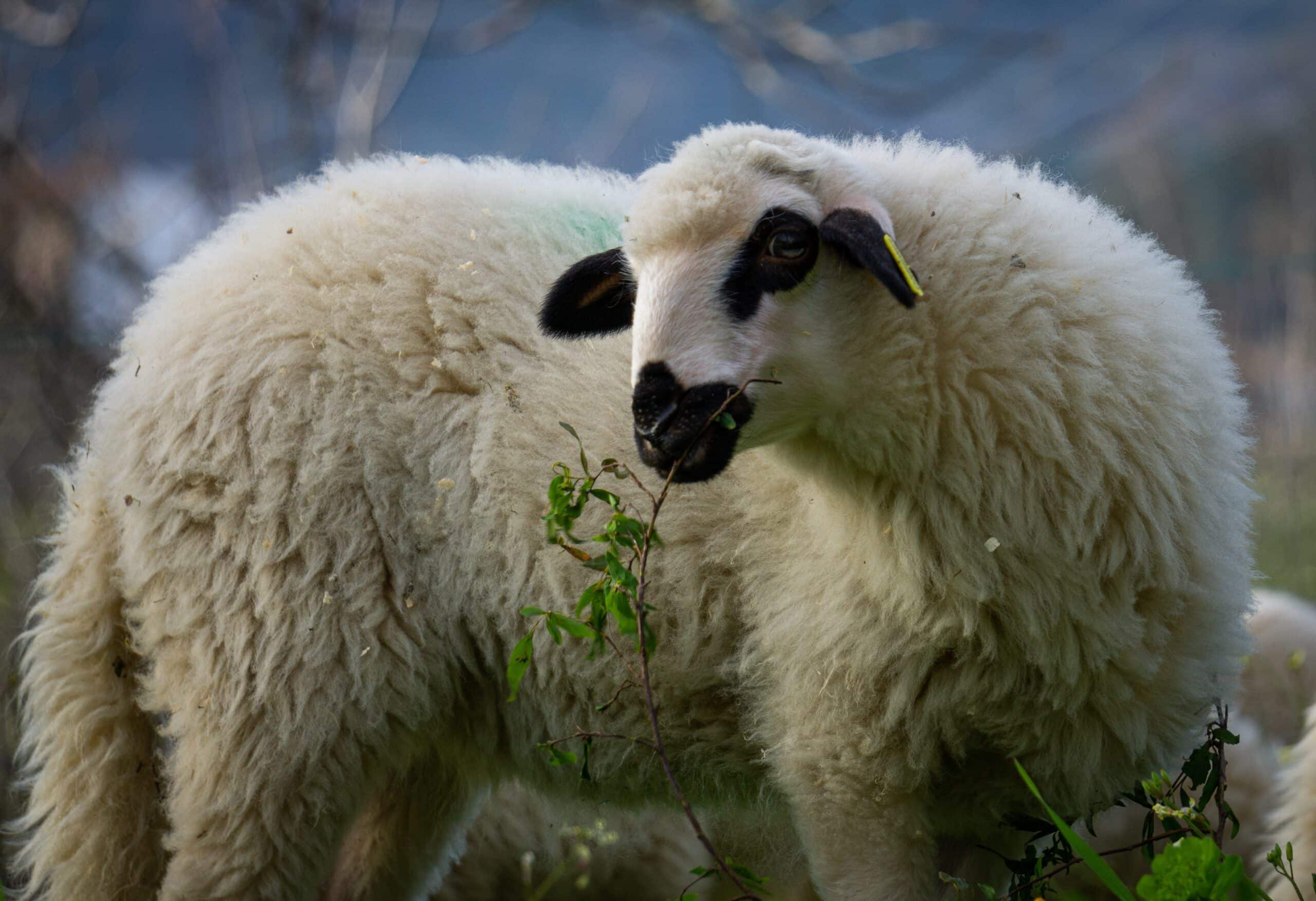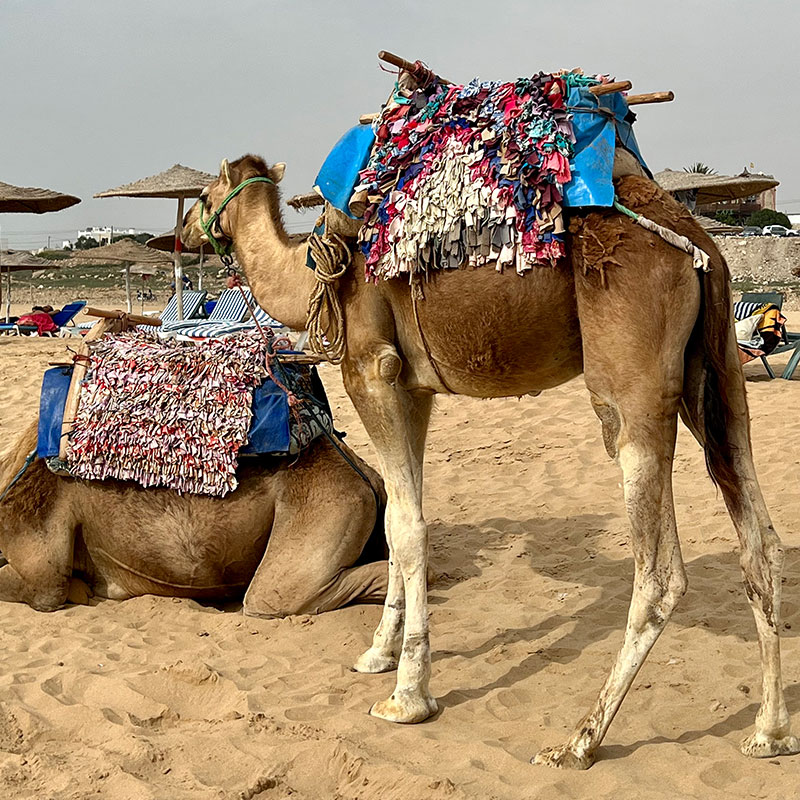Since the dawn of time, animal fur has been used as blankets to warm our feet and protect them from the cold floor. Besides its functional benefit, a rug can have great value and a lot of history in it. Take e.g. what is said to be the world's oldest carpet called the Pazyryk carpet, which was discovered in the Pazyryk Valley in Siberia in 1949 but dates back to 500 BC. This more than 2,500-year-old carpet is today exhibited at the Hermitage Art Museum in Saint Petersburg. The sophisticated design features many beautiful, symbolic and not least historical details. The fascinating thing about old oriental rugs is that they have cultural significance and tell a story. Thus, old handmade rugs serve a purpose. Although the use of machinery during the production of carpets became more widespread during the Industrial Revolution, skilled artisans continue to this day to create masterpieces in the form of unique carpets. Craftsmanship in the production of carpets is a tradition that lives on. Just like The Pazyryk carpet getting its name from the area it originates from, oriental rugs are also often named after their place of origin.

Beni Ouarain rugs
The origins of Beni Ouarain rugs
The soft ones Beni Ouarain rugs of quality wool is handwoven by women from the Berber tribe that goes back over 200 years, called Beni Ouarain, hence the name of the rugs. The Beni Ouarain tribe is an association of 17 Berber tribes. The Berbers from the Beni Ouarain tribe live south of the Moroccan Rif region, where skilled female artisans create their masterpieces.
The original purpose of Beni Ouarain rugs
The Beni Ouarain rug was originally made in large sizes to cover the floor of large Berber tents in Morocco. The weavers long ago began to adapt the size of the rugs to the demand for smaller rugs. The material used to weave the carpets is the finest sheep's wool of its kind, which originates from the Atlas Mountains. The flocks of sheep were abundantly fed all year round as the grassy plains were easily accessible. Winter can be quite harsh in this part of Morocco, with the lowest temperatures in Africa recorded in the Moroccan Middle Atlas. To protect themselves from the cold rising from the ground, the Berbers, who lived in traditional Berber tents, had no choice but to make thick wool blankets to insulate their tents.

Perfect for Scandinavian decor
Beni Ouarain rugs are very modern in Scandinavian interior design and can be found in both large and small rooms in many homes today. It is made in all sizes and with its simple and clean look, it is designed to fit into any place in the home and for every taste. The carpets are easily recognisable. Classic Beni Ouarain rugs are white/beige which is the natural wool color and have geometric patterns in black. The patterns are also made in brown and even in a colorful pattern. Whatever design the Berber women come up with to weave, you are guaranteed an elegant, beautiful and unique result. Beni Ouarain rugs is a work of art in itself and becomes even more breathtaking when you know all the history that actually lies behind the modern but at the same time timeless carpet.
Boucherouite carpets
Boucherouite carpets: A splash of color in the home.
The name Boucherouite comes from the Arabic term bu sherwit, which means pieces of used clothing. Originally, the rugs were made with a functional purpose. To this day, the rugs are used as seating during meals in Morocco and as blankets on the backs of horses, donkeys and camels to make riding more comfortable while protecting against the cold when going up into the mountains in winter. The beautiful carpets, available in a multitude of colours, have become incredibly popular in the rest of the world, and for good reason. As a brilliant splash of color in the home, boucherouite rugs create a chic, cozy and happy atmosphere.

From recycled textiles to colorful works of art
The handwoven Berber carpets are composed of leftover textiles from, among other things old carpets in different colors. The production of boucherouite carpets is sustainable, as you upcycle old materials and use them to create new masterpieces! If you look more closely at the fabric, you can spot pieces with glitter and patterns in them. Some carpets have geometric patterns, while others have an abstract expression. All the rugs are completely unique, so you won't find two alike. You will be happy to look at the colorful carpets, which are works of art in themselves. The rugs are available in all sizes and fit into any room in the home. Think creatively and create wall art by using the rug as a wall hanging.
